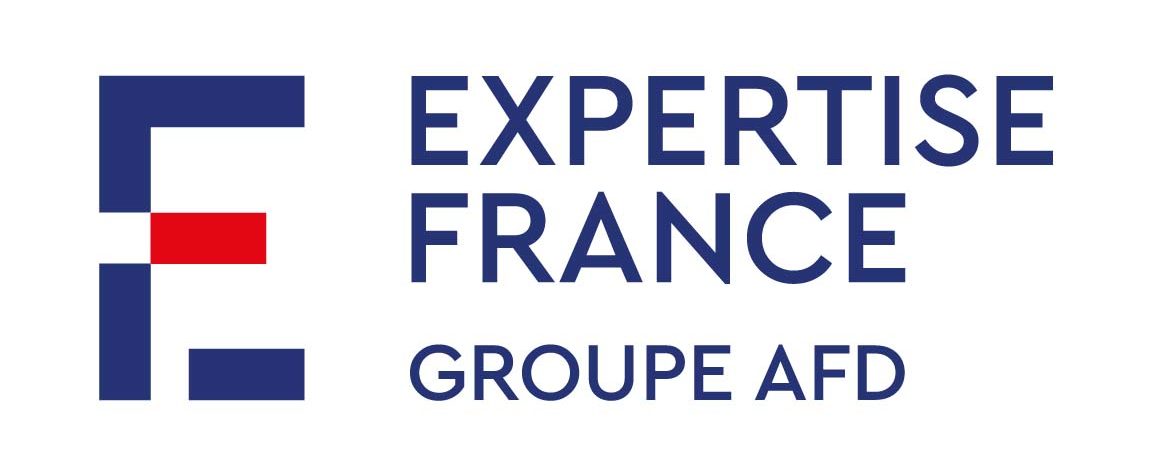Maïté Albagly: "The causes of gender-based violence are multifactorial."

Combating gender-based violence
The fight against sexual and gender-based violence, "the other pandemic", denounced with constancy every November 25 throughout the world since the institutionalization of a dedicated world day by the United Nations in 2000, is moving up the institutional and feminist agenda both in Europe and elsewhere in the world. In this interview, Maïté Albagly explains the causes of this violence, its impact and how to prevent it.
In your opinion, what are the causes of violence based on gender? on gender?
The causes of gender-based violence are multifactorial, and can be cultural, political, social or economic.
To understand these causes, and how and in what way they add up, we need to start from the premise that there is inequality between women and men, the so-called patriarchal system. Men as an entity have greater power than women.
To this factual reason, we can add several elements. The first is poverty. Women earn less than men for the same work, they are more likely than men to hold the least-recognized jobs, and they are also more likely than men to head single-parent families.
There are also the male/female stereotypes that the man should provide for his family and the woman should stay at home... Work outside the home is better paid than work inside, which is frowned upon and poorly paid. Even though women have entered the world of work in a big way, this indoor work is more important in terms of time than that of men. Men participate in domestic work, but to a lesser extent, which is a source of domination.
These stereotypes also convey the idea that the masculine is strong while the feminine is weak. I like this story I was told at the maternity hospital in Les Lilas (Seine-St-Denis): When a newborn cries, we say he's upset, when it's a girl we say she's sad. This shows that right from birth we're assigned stereotypes that will last a lifetime.
The last cause I can put forward is religious tradition. Even in countries where religion is less prevalent, it retains a certain weight and often attributes a preponderant role to men.
"There's no magic formula for combating this violence. What's complicated is holding out on all fronts. Once we've changed the model, we'll be able to change these stereotypes, and thus bring about a cultural change."
Maïte ALbagly, Economist specializing in gender issues

What is the economic impact of gender-based violence?
In 2006, I took part in the DAPHNE project to estimate the cost of domestic violence in Europe, as well as a 2014 study for France with the Service des droits des femmes et de l'égalité entre les femmes et les hommes. I was told that by talking about cost, I was accepting violence. My team and I stuck to our guns and came up with an estimate of the economic cost of this violence.
If we calculate and highlight all the stages that a woman who is a victim of domestic violence goes through, and the way in which society responds, we obtain an economic cost of this violence that can be divided into two parts: the direct cost and the indirect cost.
Direct costs include care, support for victims and perpetrators, legal fees, prison costs, shelters, etc. Indirect costs, on the other hand, include lost earnings: costs linked to work incapacity, illness, loss of earnings for victims and perpetrators of violence, incarceration, and ultimately the loss of human capital or premature death.
The team coordinating the DAPHNE project drew on a variety of data sources, which are either poorly updated or highly focused, depending on the administration that produces them. It was necessary to create a harmonious mix between government departments that keep accounts for themselves and population-based surveys. A population-based survey on gender-based violence is very expensive, and in 15 years of time lag between these and government data, the losses are abysmal.
This information can then be used to set up specific studies. For example, a study was carried out at the Nantes hospital on abortion. Women don't have to say why they have an abortion, but this empirical study showed that over 23% of women said they had had an abortion as a result of domestic violence. We were not aware of the link between domestic violence and abortion.
This study revealed that in 2012, the cost of gender-based violence amounted to 3.6 billion euros, including 75% in indirect costs (vs. 300 billion euros in Europe).
Finally, there's another fact that hasn't been taken into account until now. To these female victims must be added the perpetrators of victims who have committed suicide. In some cases of feminicide, the perpetrator kills the woman and her children before taking his own life. The number of victims of conjugal violence (in-laws, spouses, ex-spouses, etc.) is estimated at 500 per year in France.
What can be done to prevent such violence?
There's no magic formula for combating such violence. What's complicated is holding out on all fronts. Once we've changed the model, we'll be able to change these stereotypes, and thus bring about a cultural change.
Education and training are, of course, the most important means of combating gender-based violence, but for this to be possible, financial resources and political will are needed.
No one in the international cooperation sector should go into the field without having received training in gender issues. To understand a project, you need to understand this reality.
Another important thing is that the home, the family, the "four walls" is a closed place. For women, work is a breath of fresh air. For a woman who has been the victim of violence, it's more than just a paycheck; it's a way out of what she's going through at home. A woman who's been beaten up the day before won't be as effective at her job. This is something that needs to be noticed, and HR professionals need to be trained to detect such situations and sound the alarm.
A simple example is for companies to put a sticker in the toilets inviting people to call 3919 in the event of domestic violence. It may not seem like much, but it shows that the company recognizes the problem and is sensitive to it. It's not much, but in the few companies where we've tested it, it's helped and broken the cycle.
Another concrete example concerns the training of French diplomats. The Ministry of Europe and Foreign Affairs, in keeping with the logic of feminist diplomacy, organized training courses for diplomats leaving for Latin America, which I was invited to give. I met people who had been trained on this issue in Peru in particular, who told me that it had opened their eyes to the question of gender-based violence. It's not something you learn at Sciences Po or ENA. Yet it is essential that diplomats be trained, since they decide what funding will be given to which NGOs abroad. But every project needs to be seen from a feminist perspective.

